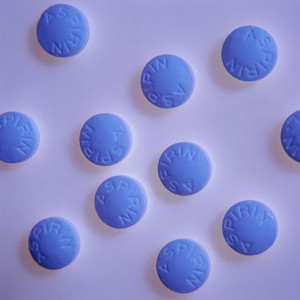Although generics may differ from their reference product in terms of inactive ingredients, which includes impurities, such compounds in generics, especially genotoxic impurities, are an area of increasing concern for the pharmaceutical and regulatory world. Authors from the Office of Generic Drugs at the US Food and Drug Administration (FDA) highlight general toxicology concerns caused by such formulation differences between generic and originator drugs [1].
- Home
-
Generics
News
- FDA approves generic teriparatide and levetiracetam
- US generics launch and approval for Dr Reddy’s and Lupin
- Five Chinese companies join UN’s MPP for Covid-19 medicines
- South Korean companies to make generic Bridion and COVID-19 drugs
Research
- Japan’s drug shortage crisis: challenges and policy solutions
- Saudi FDA drug approvals and GMP inspections: trend analysis
- Generic medications in the Lebanese community: understanding and public perception
- Community pharmacists’ understanding of generic and biosimilar drugs: Lebanon case study
-
Biosimilars
News
- FDA approves aflibercept biosimilar Eydenzelt and label expansion for adalimumab biosimilar Yuflyma
- ANVISA approves biosimilars for denosumab, trastuzumab, and aflibercept
- Biosimilars referencing Amgen’s Neulasta and Neupogen launch in Canada and US
- EMA recommends approval for nine biosimilars
- MORE EDITORIAL SECTIONS
- Search








 0
0











Post your comment